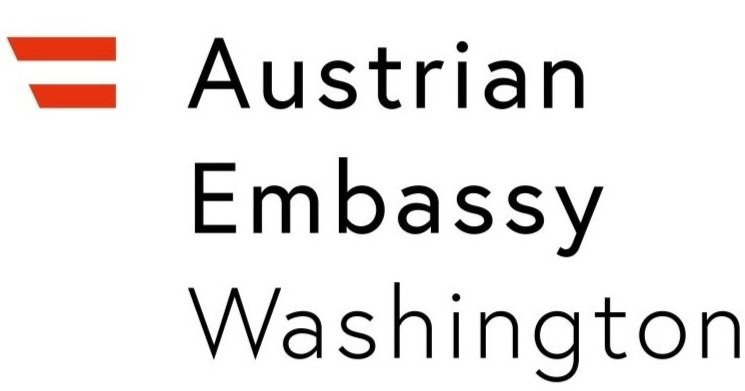Transatlantic Perspectives: Matthias Troyer
Matthias Troyer
When and for what reasons did you move to the USA?
While working as professor at ETH Zurich in Switzerland I supported Microsoft’s quantum effort for more than a decade through research collaborations and as a consultant. In 2017 the time was ripe for a full-time engagement, and I moved to the Seattle area to take on a leading role in building Microsoft’s topological qubits-based quantum computer.
In your opinion, what characterizes the scientific cooperation between Austria/Europe and the USA, not only, but also in the field of quantum science?
For decades since World War II, Europe and the United States have enjoyed strong scientific cooperation. In some fields of science, spending time in the USA was almost a rite of passage for a scientist. The scientific communities are closely interconnected – one could even use quantum jargon and say entangled – and profit from each other.
What are the strengths and weaknesses in quantum science and quantum technology in the USA and in Austria/Europe? Can they complement each other or learn from each other?
Europe excels in fundamental science and stable funding for innovative ideas, especially in quantum science. Its education system promotes STEM fields, supported by well-funded university research. The USA's strength lies in its top academic institutions, entrepreneurial spirit, and tech companies that take the risk to turn academic developments into products.
My own journey reflects this well: after an education in Linz and Zurich I spent my academic career in Europe – with opportunities that I would not have had in the USA– until the quantum field got mature enough for me to take the opportunity to join Microsoft’s ambitious but high-risk effort to build a scalable quantum computer. I then heard about complaints from high European and Swiss government levels that “the USA is poaching Europe’s top quantum talent”. I had to smile at that and replied that I was not being poached, but took advantage of an opportunity unavailable in Europe
There are opportunities for the United States and Europe to learn from each other. The launch of the National Quantum Initiative in the USA was inspired by European and Chinese investments in the field, highlighting the need for consistent funding for basic research in the USA – and countert he risk to such funding under the current administration. Conversely, there is an opportunity for Europe to adopt more entrepreneurial practices, focus on product development along with academic publications, and embrace a greater degree of risk-taking.
What would you like to see in transatlantic cooperation?
Transatlantic cooperation in quantum technology must stay open, with free exchange of ideas and people. My experience and journey shows that no single country can alone build a scaled quantum supercomputer for global challenges. We must stay alert as open borders face threats, such as the EU excluding Switzerland from quantum projects or countries considering unilateral controls on quantum technology.
How do you see the future role of quantum science and technology? Where is the journey heading?
A century after the birth of quantum mechanics, quantum computing is becoming a reality. Though these are early days, we already see great promise. The first applications to quantum computing may be in the field of chemistry and materials. Imagine a future with generative AI designing new molecules or materials with desired properties. You will be able to ask your AI assistant to create better alloys for space exploration, develop sustainable alternatives for toxic substances, turn waste plastics into valuable raw materials, or capture carbon from the air. Quantum computing will enable this future.
What do you think Austria needs to do in order to keep up with the world in this cutting-edge research?
The technology sector is currently experiencing a transition, marked by an industrial revolution driven by advancements in artificial intelligence (AI). This revolution is already transforming human-computer interactions, exemplified by the novel capabilities demonstrated by ChatGPT. Furthermore, new AI models featuring reasoning capabilities are expediting scientific discoveries. On my team, we successfully developed innovative battery materials within weeks, a process that traditionally takes years. To remain competitive, it is imperative for Austria and Europe to fully embrace the AI revolution across all sectors, including education, research, product development, and manufacturing.
Austria needs to continue funding top-class research at our leading institutions. We must leverage our strong educational system but also increase efforts to translate research into products. The latter will likely need funding at a level that is not available to a small country like Austria will necessitate European collaboration. I anticipate future breakthroughs and quantum Nobel Prizes from Austria.
Matthias Troyer Bio
Dr. Matthias Troyer is a Technical Fellow and Corporate Vice President at Microsoft, working on the system architecture of quantum computers and their applications.
Born and raised in Austria, in Linz and the vicinity of Innsbruck, he studied physics at the University of Linz and ETH Zurich. After receiving his PhD in 1994 from ETH Zurich in Switzerland and spending time as a postdoc at the University of Tokyo, he was a professor of Computational Physics at ETH Zurich until joining Microsoft in 2017.
He is a Fellow of the American Physical Society and President of the Aspen Center for Physics. He is a recipient of the Rahman Prize for Computational Physics of the American Physical Society “for pioneering numerical work in many seemingly intractable areas of quantum many-body physics and for providing efficient sophisticated computer codes to the community” and of the Hamburg Prize for Theoretical Physics.

